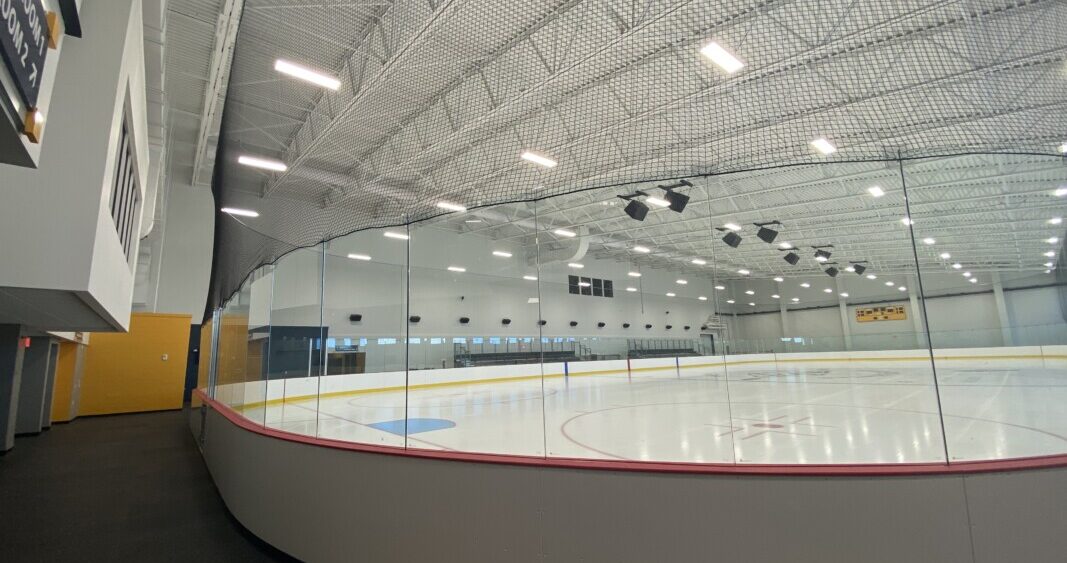
Helping Arenas Navigate the NHL Greener Rinks Initiative
The NHL’s Greener Rinks Initiative has a mission to track and improve the environmental impact on the greater hockey community. The initiative is looking at several ways to improve hockey’s environmental footprint through technological innovations and new operations practices. As an engineering design firm with three decades of ice floor design experience, our team of professionals is committed to helping the NHL achieve their goals. Our team is currently working on multiple ice floor projects, for both NHL and community venues, and we are paying close attention to decisions made around refrigerants and refrigeration systems and the impact they can have on a facility’s environmental footprint.
When presented with a project that has an ice plant component, our first move is to perform a Life Cycle Cost Analysis (LCCA) to compare refrigerants. As a vendor neutral provider, we strive to make the best recommendation for each venue based on their unique factors including usage, architectural design, and geography, among other factors. Our dedicated sustainability team looks at the three NHL-approved refrigerants — ammonia, CO2, and R-513a — and provides a cost breakdown. The LCCA looks at both upfront and long-term costs, as well as maintenance, to assist the ownership team in deciding based upon their building’s specifics.
Benefits of R-513a
SSR has been working with multiple facilities that have decided to use R-513a as their primary refrigerant. R-513a, an existing refrigerant that recently found new use in ice floor design, is a non-ozone depleting and low global warming potential HFO replacement for R-134a. We have seen multiple benefits of this refrigerant. To utilize R513A, the chiller needed a different layout and configuration than the traditional ice plant chiller including new equipment. Instead of having a fully custom built-up skid that is traditionally made off-site and delivered to the site, a venue can use more commonly available building chillers for the ice plant—ones like those used for comfort cooling. This means the equipment can sit in the same room as all the other chillers whereas, with an ammonia system (traditional ice chiller system), a dedicated room is necessary. This also allows for only one mechanical room where all the equipment is located. Another benefit of R-513a that is prevalent during operations is that maintenance is not limited to the company that built the custom skid.
Sustainability is an ever-evolving industry and SSR is committed to staying up-to-date on regulations from national agencies (EPA), industry initiatives (AIA 2030 Challenge), and clients (NHL Green). We are committed to helping our clients and partners achieve their goals through technical expertise, cost mitigation, and strategic project planning.








